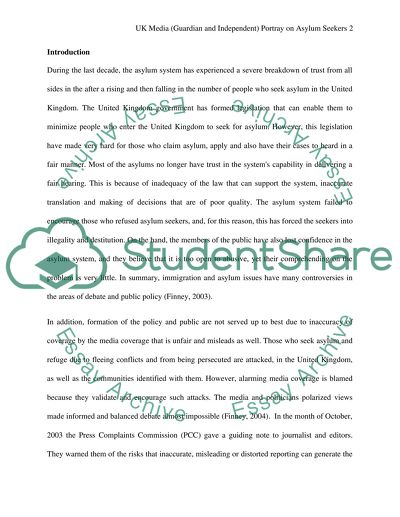Cite this document
(“UK Media: Guardian and Independent Portray Asylum Seekers Case Study”, n.d.)
UK Media: Guardian and Independent Portray Asylum Seekers Case Study. Retrieved from https://studentshare.org/journalism-communication/1675088-module-name-research-methods-in-social-sciences
UK Media: Guardian and Independent Portray Asylum Seekers Case Study. Retrieved from https://studentshare.org/journalism-communication/1675088-module-name-research-methods-in-social-sciences
(UK Media: Guardian and Independent Portray Asylum Seekers Case Study)
UK Media: Guardian and Independent Portray Asylum Seekers Case Study. https://studentshare.org/journalism-communication/1675088-module-name-research-methods-in-social-sciences.
UK Media: Guardian and Independent Portray Asylum Seekers Case Study. https://studentshare.org/journalism-communication/1675088-module-name-research-methods-in-social-sciences.
“UK Media: Guardian and Independent Portray Asylum Seekers Case Study”, n.d. https://studentshare.org/journalism-communication/1675088-module-name-research-methods-in-social-sciences.


